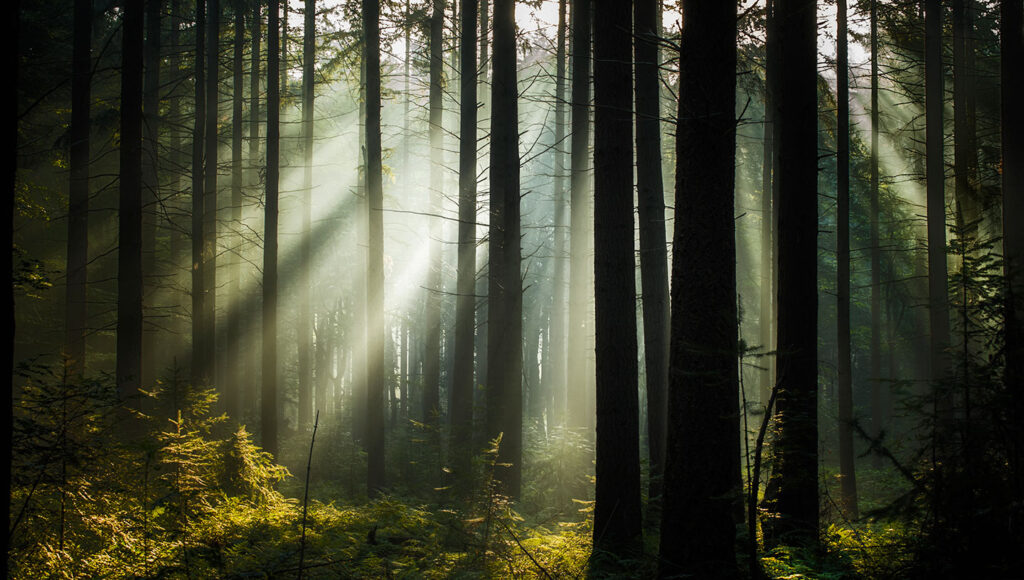Questions for ‘Secret forest fungi partner with plants — and help the climate’

Forest visitors tend to look for single paths between the trees. But hidden below the forest floor a tangled maze of pathways connects trees together. Unseen, this vast fungal network shuttles carbon and other nutrients around the forest. Welcome to the wood wide web.
bob van den berg photography/Moment/Getty Images Plus